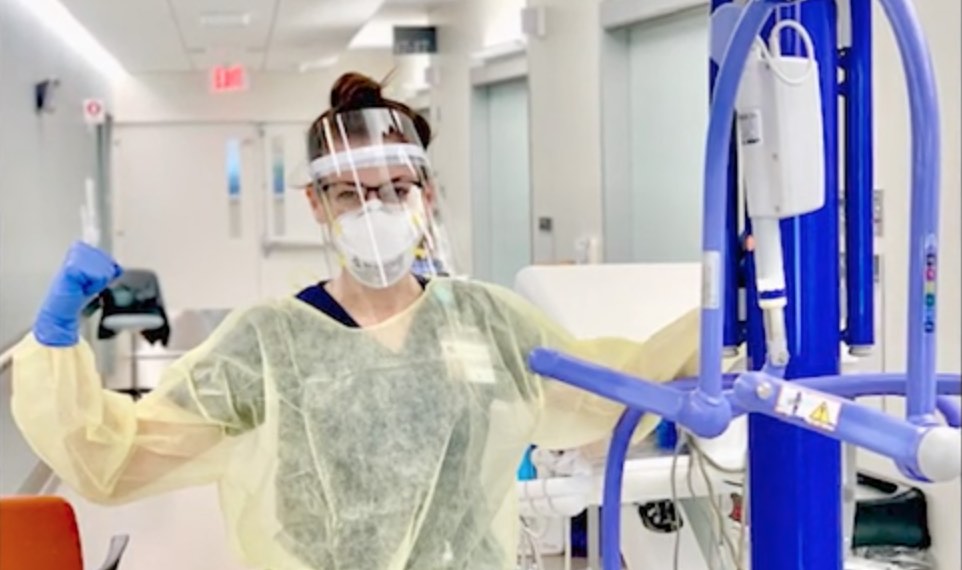NEW YORK (Reuters Health) – Although it is safe, low-dose vitamin K used to treat warfarin recipients with high INRs (international normalized ratios) does not reduce episodes of bleeding, according to a randomized trial conducted in Italy and North America.
“Our results support the practice of treating patients with INRs between 4.5 and 10.0 with simple warfarin therapy withdrawal and reinstitution once the INR has decreased into the desired range,” Dr. Mark A Crowther, at McMaster University in Hamilton, Ontario, and his associates write in the March 3 issue of the Annals of Internal Medicine.
The investigators note that warfarin’s dose-response characteristics are highly unpredictable, frequently leading to elevated INRs and increased risk for bleeding, particularly intracranial bleeding.
They studied the effects of oral vitamin K on clinical outcomes in over-anticoagulated patients with INRs between 4.5 and 10.0 treated at 14 participating outpatient anticoagulant therapy clinics. The subjects were instructed to withhold warfarin for 1 day and were randomly assigned to vitamin K 1.25 mg (n = 347) or to placebo (n = 365).
The day after treatment, mean INR had decreased significantly more in the vitamin K group than the placebo group (2.8 vs 1.4 units, p < 0.001).
However, there were no significant differences in the percentages of patients who had at least one bleeding complication within 7 days (7.9% in the vitamin K group vs 9.2% in the placebo group) or within 90 days (15.8% vs 16.3%). There were also no significant differences in 90-day rates of thromboembolism (1.1% vs 0.8%) or death (2.0% vs 1.9%).
Similarly, the number of patients experiencing a major bleeding event — defined as fatal bleeding, bleeding requiring therapeutic intervention or transfusion of 2 or more units of red blood cells, or objectively confirmed bleeding into an enclosed space — was similar in the two groups at day 90 (2.5% treated with vitamin K vs 1.1% treated with placebo).
Dr. Crowther’s team cautions that their findings “should not be applied to patients who present with active bleeding, those who require acute normalization of their INR (such as imminent surgery), or those with INRs greater than 10.0.”









